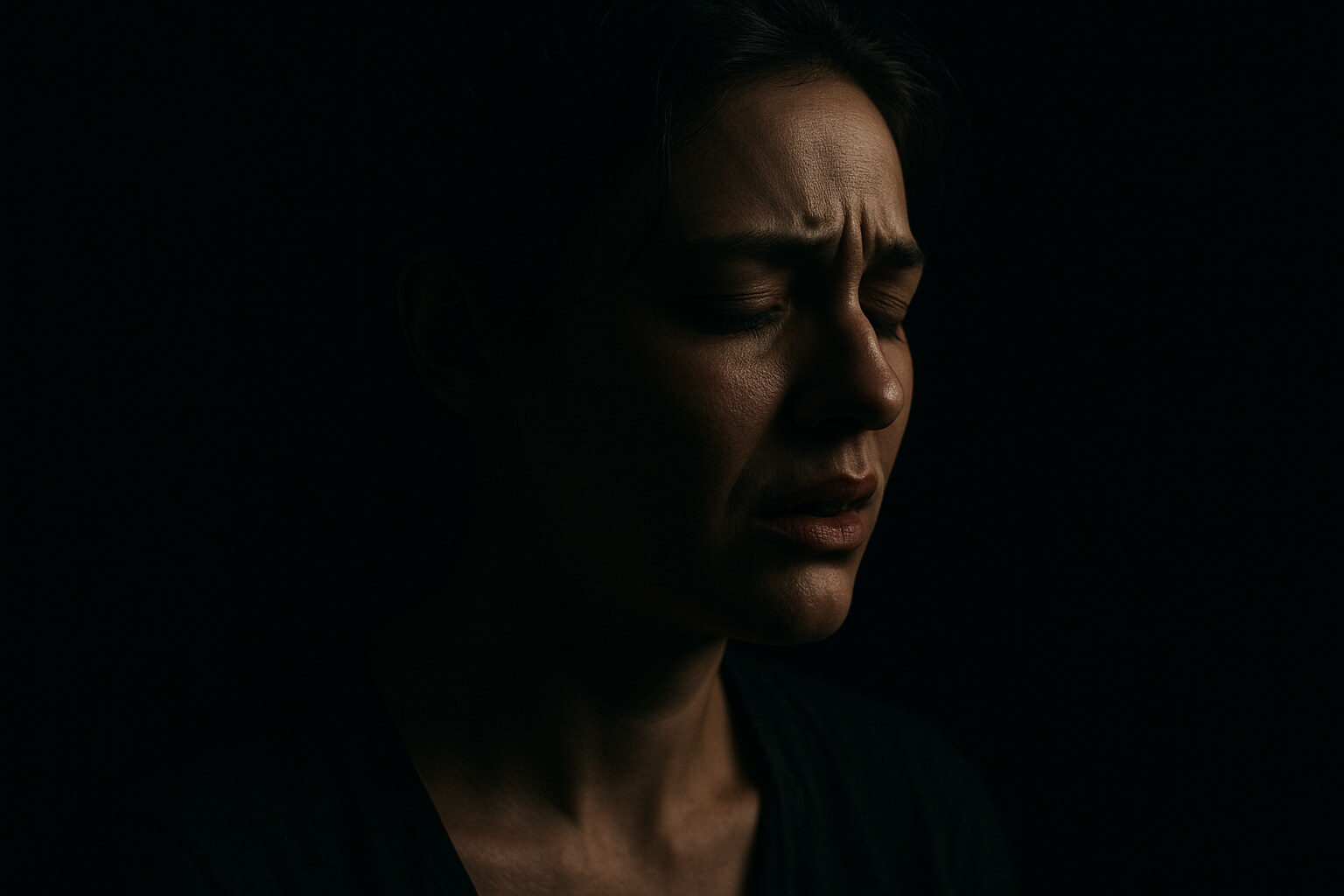May 30, 2025

Moody photography isn’t about capturing sadness—it’s about conveying feeling. It’s a visual language that speaks through contrast, shadow, muted tones, and emotionally driven subjects. Whether it’s a fog-drenched forest, a candlelit portrait, or a deserted city street after rain, moody images invite the viewer to feel rather than just look.
This genre is poetic, cinematic, and powerful in its minimalism—and mastering it means understanding not just light and color, but emotional storytelling.
At its core, moody photography is defined by atmosphere. It's not about what’s shown—it’s about what’s suggested. Every frame holds emotion, often leaning into themes like solitude, nostalgia, mystery, or tension.
Key Characteristics:
Unlike high-key, vibrant styles, moody photography relies on what's not illuminated—leaving space for interpretation and emotional depth.
Light is your most powerful storytelling tool in moody photography. Instead of evenly lighting the scene, you use controlled lighting to carve shapes, highlight emotion, and create depth.
Lighting Techniques That Work:
If you're new to artificial lighting, check out this beginner-friendly guide to studio and creative lighting from RocketPages to understand how to use light intentionally.
For portraits, consider split lighting, which divides the face in light and shadow—adding intensity and emotion. Learn more in this split lighting portrait guide.

The color palette in moody photography is rarely bold or bright. Instead, it leans on earthy tones, subtle warmth, and cool contrasts to convey introspective or mysterious moods.
Common Color Themes:
Post-processing is essential for achieving this tonality. Understanding the difference between color correction vs. color grading will help you shift mood and emotion without sacrificing image quality.
What makes moody photography compelling isn’t just the lighting—it’s the subject and context. The best moody images feel cinematic, with subjects that evoke emotion and invite interpretation.
Ideal Subjects Include:
You can also apply the moody aesthetic to creative techniques like double exposure. This style blends shadows, overlays, and silhouettes to deepen emotional impact and visual poetry.

Editing plays a crucial role in shaping a photo’s mood. Whether you're working in Lightroom, Photoshop, or a mobile app, your post-processing choices should aim to amplify emotion, not just fix exposure.
Editing Techniques for a Moody Aesthetic:
Need help finding the right tools? These top photo editing apps of 2025 are perfect for creating moody effects—even on your phone.
Need to clean up your frame without ruining the atmosphere? Check out this practical guide on removing unwanted objects from photos using AI and cloning tools.
Moody photography isn’t about technical perfection—it’s about human connection. It captures how a moment feels, not just how it looks. A little blur, noise, or uneven lighting isn’t a flaw—it’s texture, soul, and story.
Whether you’re photographing a lone figure on a rainy street, a misty mountaintop at dawn, or a candlelit portrait, the goal remains the same: evoke a feeling. Make the viewer pause, feel, and wonder.
Ready to Explore More Creative Photography?
Whether you're building a portfolio, creating fine art, or selling prints online, mood-rich photos can set your work apart. Learn how to monetize your work with these RocketPages resources:

Moody photography is more than a style—it’s a visual language that speaks directly to human emotion. Whether you're capturing a quiet street after rainfall or the stillness of a fog-draped forest, this genre challenges you to convey feeling through light, shadow, and simplicity. It invites you to slow down, embrace imperfection, and tell powerful stories without saying a word.
With the right use of light, composition, and tonal choices—combined with thoughtful editing—you can turn even the most ordinary scene into a cinematic moment. As you experiment and refine your voice, remember: the most compelling moody photographs aren't created with gear—they're created with intention.
Ready to capture your next masterpiece? Let your camera whisper, not shout.
Stay up to date with the newest tips, gear reviews, and step-by-step guides to elevate your photography journey from home and beyond.